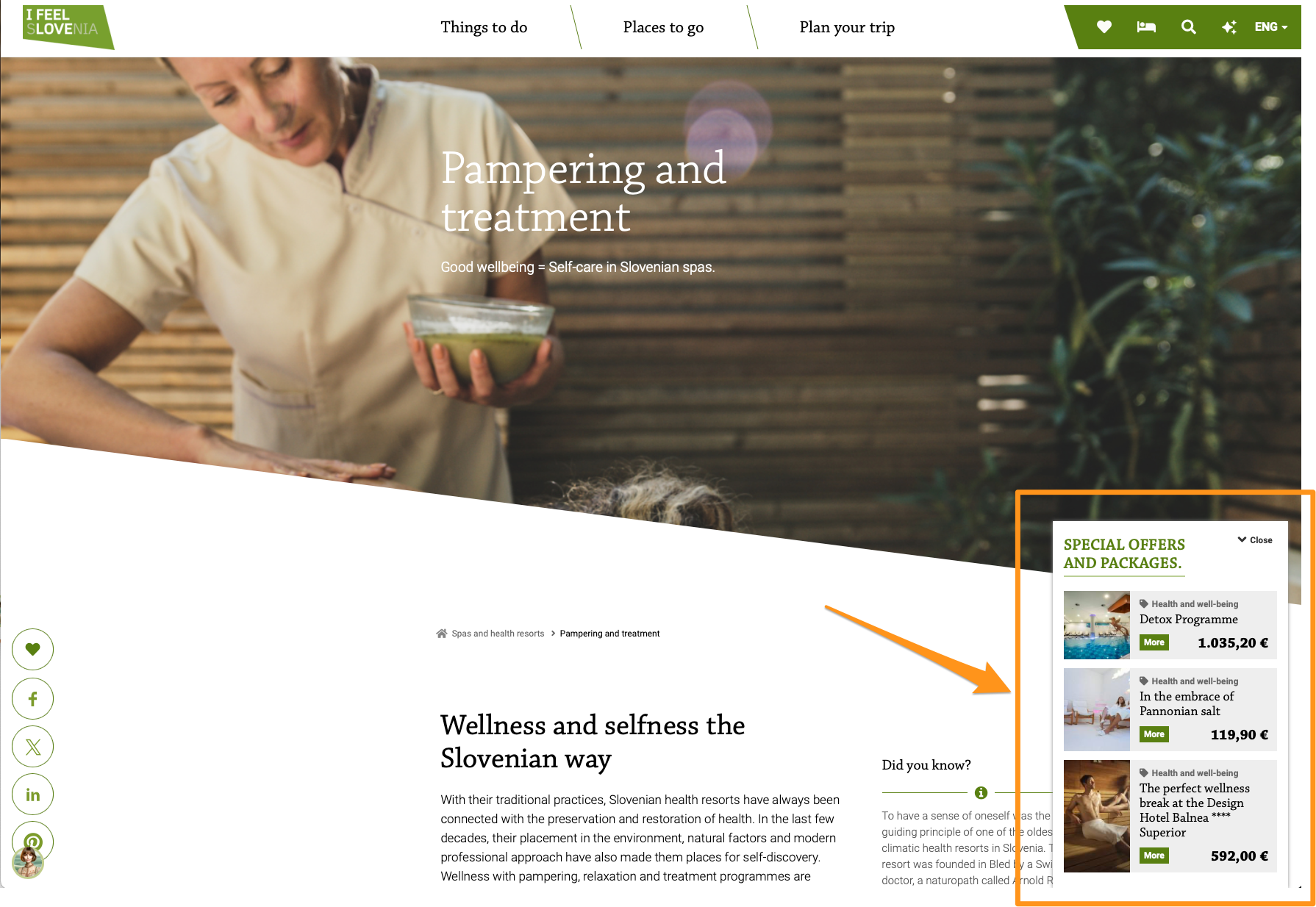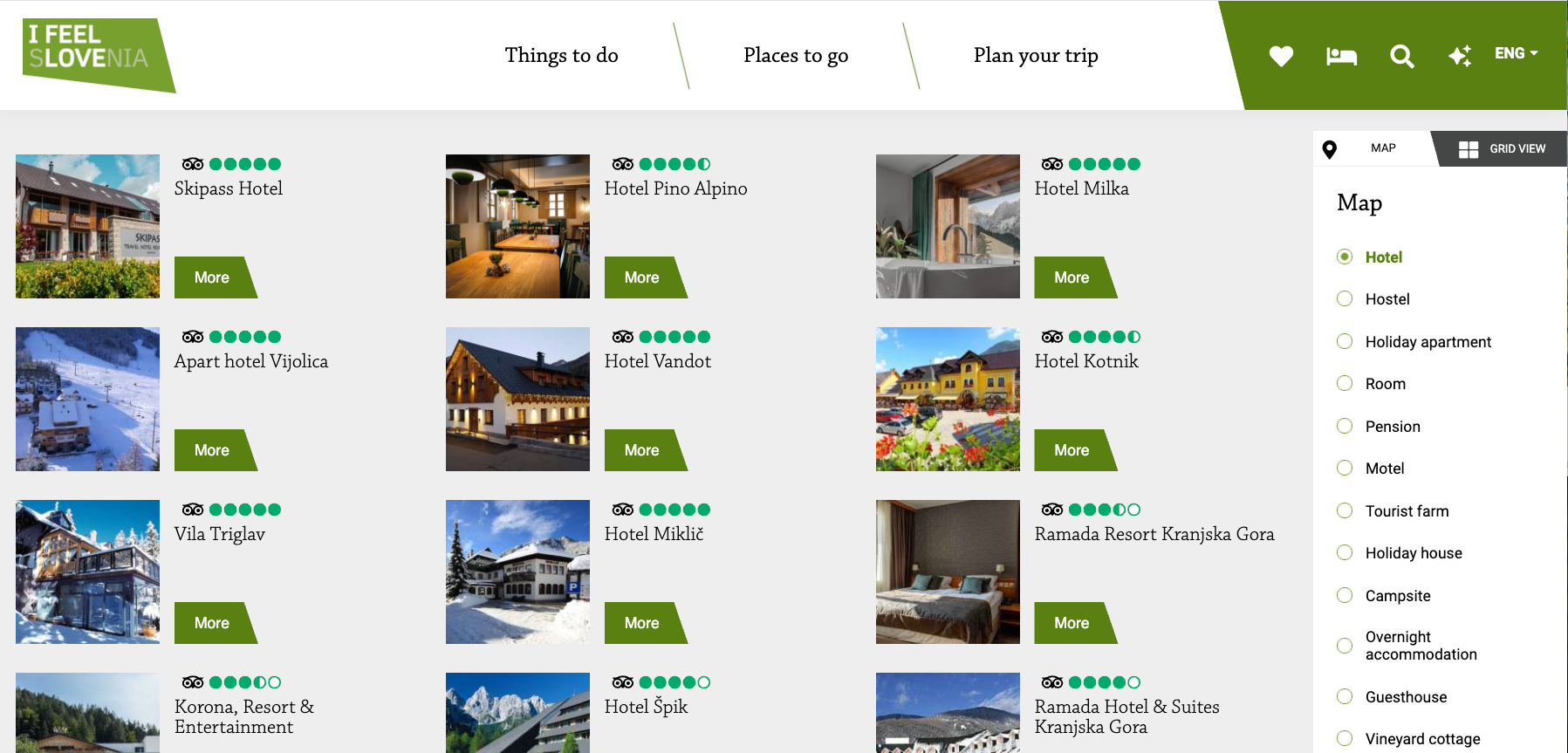Editorial Guidelines for Destination Websites


This article is crafted for you, strategists, product owners, and digital marketers who play a crucial role in managing a destination’s website.
By managing, I mean engaging various content creators, domain experts, and editors who may not all have the time or energy to study ample strategy documentation.
How can you organize your team to prevent the content creation process from getting out of hand? It's essential to establish clear guidelines so that everyone understands what is expected of them. Additionally, you need effective tools that can help your team deliver high-quality content in a timely manner.
Based on years of experience with tourist destination websites, Creatim’s experts have outlined the following guide which is arranged into:
It will help your team to explore how to:
These topics need to be further developed to reflect your destination's specifics. Clearly state what is non-negotiable, but don’t carve the rules in stone; allow adjustments to reflect the changing market environment. In the hybrid governance model, consider the special needs and expectations of local DMOs.
There are challenges you will inevitably encounter when designing a website. Some will require one-off decisions, while others may be present continuously, such as:
Content focus and personalization. Typical personas are usually introduced in the content strategy. Content guidelines should provide simple charts for each persona so creators can establish relevancy and a clear call to action.
Content quality. Provide stylistic guides for visual content. In copywriting, encourage simple and friendly language with a distinctive brand voice. Require all copy to have correct spelling and grammar. Translations should be re-checked by a native speaker.
Accessibility. A poor online accessibility experience can quickly extend to the actual location and damage your brand. Moreover, many countries (EU, UK, USA) require sites to be accessible by law. Ensure the content is well structured and that design principles support accessibility principles.
Copyright management. How will you maintain an overview and manage copyright stipulations? How will you ensure the work is original? Hint: Avoid stock photos at all costs. They can undermine your brand authenticity.
Localization. For non-English-speaking destinations, decide which language will be the master language from which all translations ensue. English or your local language?
Cultural differences. How will you address cultural differences in target markets? For instance, the LGBT topic may resonate well with Western audiences, but not as much with Arabic markets.
SEO. Who will optimize the content for search engines in each language? What SEO tasks can be assigned to copywriters, and what are the accountabilities of your SEO specialist?
Story guidelines. Considering the story structure, are there any rules that authors must follow? Are there story wireframes or templates to draw from?
Information accuracy. How will you ensure the published information is correct and up to date? Is there a verification process in place? Who is accountable for which information?
Linking policy. Are writers allowed to link to external/internal sources, and if yes, how many? Who will monitor the link quality? Who will review the page for broken or 404 links?
Content inventory. How will you maintain an overview of content inventory (URL, links, SEO data, history, etc.)? Who will be responsible for content inventory management?
Who is eligible to advertise on the website? Is it a business or visitor-relevant service? What is your pricing policy? For example, you can offer free advertising for tourism-related products because they provide added value while charging all the others (or even disallowing them).
Whatever you decide, make sure you don’t turn your website into a yellow pages-style outlet. Since not all advertisers may be communication-savvy marketing specialists, they need clear instructions or even in-person support on what is allowed and what is not. Any ad examples or templates may come in very handy.

Here is an example of practical rules every advertiser should adhere to:
The tourist board may refuse to publish an ad if it does not meet general guidelines or specifications.
Social media is where reality checks occur. Your claims and brand promises are put to the test against the ratings and reviews from previous visitors. Since you can't avoid this scrutiny, the best approach is to embrace it.
By integrating user-generated content and review platforms, such as TripAdvisor, directly into your website, you foster transparency and trust, thereby enhancing visitor loyalty.

At first glance, social media doesn't fit under the website umbrella. However, user-generated content (UGC) integrated into the website provides a powerful and inexpensive form of social proof, leveraging the site's credibility and trust.
Although no holiday is perfect, travelers tend to report positive experiences. Some will turn into brand advocates, happily sharing their content on your website.
On the other hand, you must always be vigilant for potential hate speech, excessive self-promotion, and profanity.
Some practical tips:
Which CMS can best support your editorial and user management processes? Are there industry-specific collaboration tools available? Does it support non-Latin languages?
Some CMSs allow a different structure for each language under the same URL. Others require a separate domain for each language, which can impede workflow efficiency.
Industry-specific CMSs, such as Credo Explorer, can ensure that the website remains coherent, engaging, and aligned with their strategic objectives.

You can learn more on Credo Explorer here.
Bring your region’s digital alter ego to life with expert guidance. Contact us today to discuss how we can elevate your destination website to the next level.